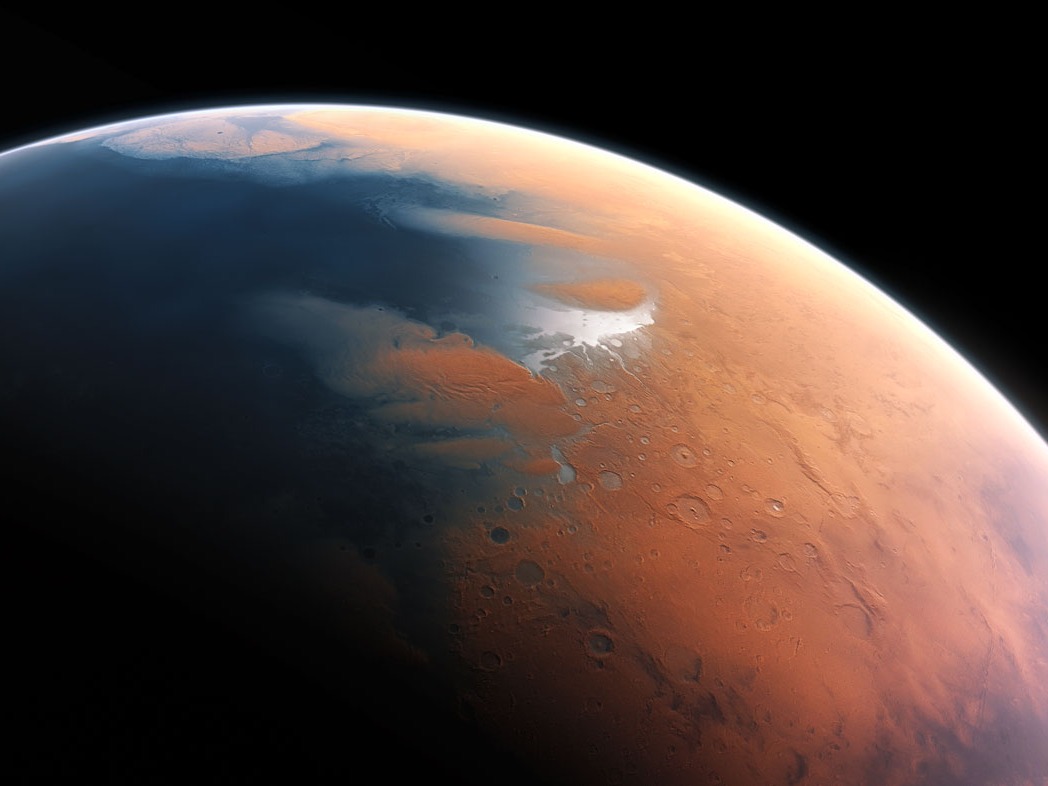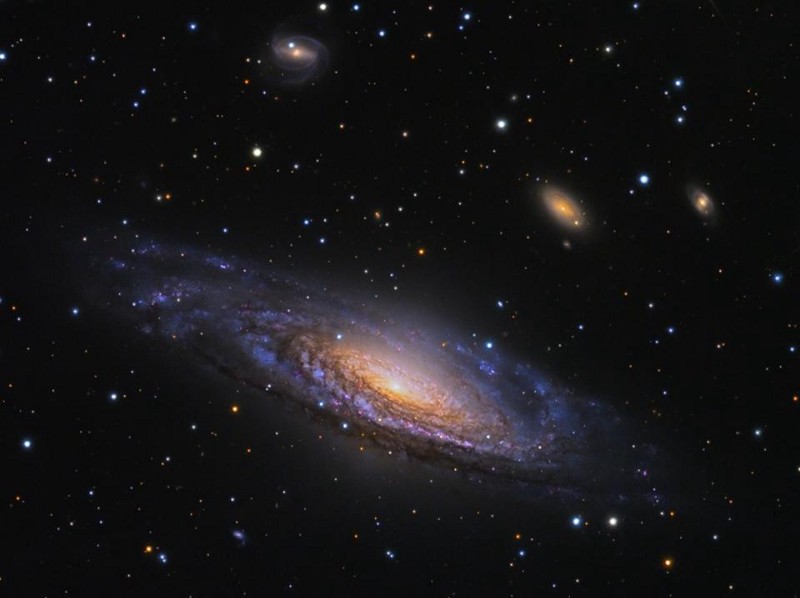We know that the atmosphere on Mars leaves a lot to be desired, but it hasn’t always been this desolate. Around four billion years ago Mars was a warm planet, with water flowing freely through lakes and rivers. But then the red planet lost its insulating atmosphere and was exposed to the harsh elements of space, turning it into the dry, frozen entity that it is today.
Until very recently, scientists were unsure what had happened to the missing atmosphere of Mars, but new data obtained from NASA’s Mars Atmosphere and Volatile EvolutioN (MAVEN) mission are shedding light on the matter. Scientists involved in the MAVEN project calculated that the majority of Mars’ atmosphere disappeared in harsh solar winds.
Mars still continues to lose some of its atmospheres today, and these new findings prove just how important this process is and has been over time. One of the scientists in the MAVEN team, Bruce Jakowski, said, “Our conclusion is that most of Mars’ atmosphere has been lost to space, rather than getting locked up on the planet. It’s a major, if not the major cause, of atmospheric loss.”
Solar winds are constantly flowing from the sun crashing into the molecules of an atmosphere and stripping it of its molecules as it does. The solar winds strip away some of the electrons of the molecules and create ions. While the newly charged particles are dragged into space by the solar winds, the newly formed ions are blasted into other molecules, sending them flying in every direction. Lighter molecules are more likely to be removed first by the solar winds. This is because they’re more likely to float high into the atmosphere where solar winds strike.
Experts estimate that around two-thirds of Mars’ atmosphere have been lost to space over the past four billion or so years. What the team wants to know now is how the other isotopes in this Martian atmosphere have evolved over time. The team decided to start with studying argon as it was the easiest of them all. Jackowski advises, “Carbon is very complicated because so many things can affect it. Argon is much simpler because once you put it in the atmosphere, it’s non-reactive, it just sits there.”
So, the results of the study reveal that terraforming Mars may not be as easy as it sounds as most of the planet’s carbon has gone for good. Unfortunately what remains isn’t quite enough. “If the CO2 has been lost to space, then it’s no longer on the planet to mobilize and out back in the atmosphere. What we’re saying is, using ingredients found on Mars, it’s not possible to terraform Mars,” explained Jakowski. I guess it’s back to the drawing board for you then Elon Musk.
More News to Read











